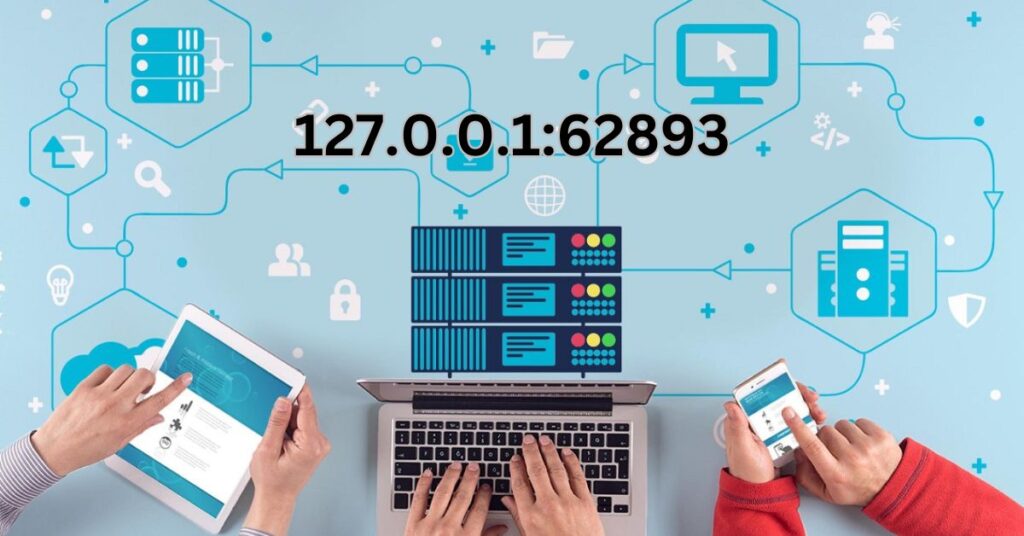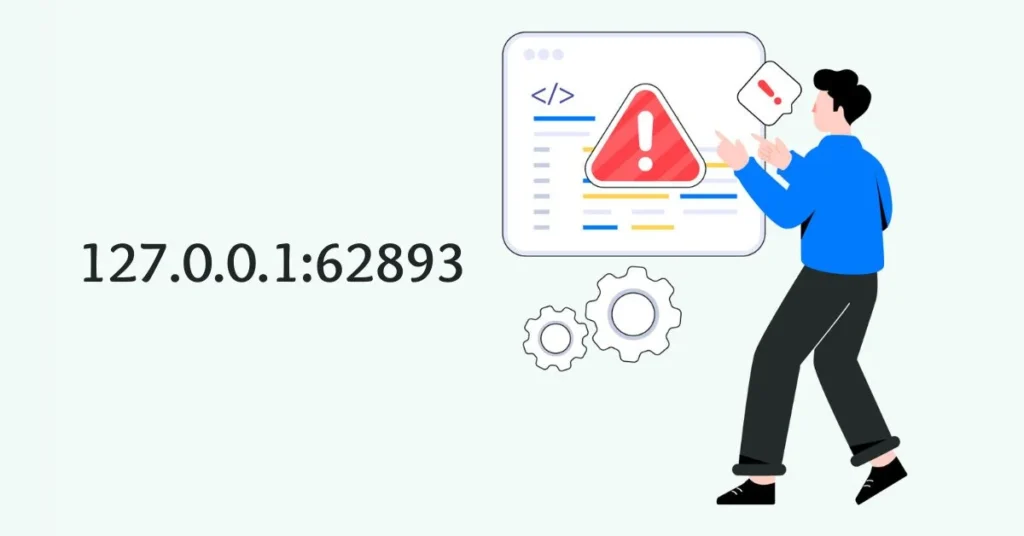
Introduction
The digital age has given rise to numerous terms, concepts, and technologies that, to the layperson, might appear cryptic and complex. Among these is the enigmatic combination of numbers and symbols: “127.0.0.1:62893“. To the initiated, this is a clear and comprehensible reference in the realm of computer networking. For those unfamiliar, however, it begs explanation. This article aims to demystify this concept, explaining its significance, functionality, and broader implications in the world of technology.
Understanding IP Addresses
To understand “127.0.0.1:62893”, we must first break it down into its components, starting with “127.0.0.1”. This sequence of numbers is known as an IP (Internet Protocol) address, a fundamental concept in networking.
What is an IP Address?
An IP address is a unique string of numbers separated by periods that identifies each computer using the Internet Protocol to communicate over a network. There are two types of IP addresses: IPv4 and IPv6. IPv4 addresses are written in decimal format, consisting of four sets of numbers ranging from 0 to 255, separated by periods (e.g., 192.168.1.1). IPv6 addresses are more complex, using hexadecimal and separated by colons.
The Significance of 127.0.0.1
Within the IPv4 address space, 127.0.0.1 holds special significance. It is known as the loopback address, a reserved IP used by a computer to refer to itself. This address is crucial for testing and network diagnostics. When a device sends a packet to 127.0.0.1, it doesn’t leave the computer; instead, it is looped back to the same machine, confirming that the network stack is functioning correctly.
Practical Uses of 127.0.0.1
- Testing Network Software: Developers use the loopback address to test networking applications on a local machine without needing a live network connection.
- Security: System administrators can block or restrict certain services to 127.0.0.1, ensuring they are only accessible locally and not exposed to the external network.
Port Numbers
The second part of our initial sequence, “:62893”, refers to a port number. In networking, a port is a virtual point where network connections start and end. Ports allow computers to differentiate between different types of network traffic.
What are Port Numbers?
Port numbers range from 0 to 65535 and are categorized into three ranges:
- Well-known Ports (0-1023): Reserved for common protocols and services (e.g., HTTP on port 80, FTP on port 21).
- Registered Ports (1024-49151): Assigned to user processes or applications.
- Dynamic/Private Ports (49152-65535): Typically used for temporary or private connections.
The Role of Port 62893
Port 62893 falls into the dynamic/private range, meaning it is often used for temporary connections or applications that do not require a permanent port assignment. When a service or application is run on a computer, it is often assigned a dynamic port number, facilitating network communication.
Combining the Elements: 127.0.0.1:62893
When we combine the IP address “127.0.0.1” with the port number “62893”, we get “127.0.0.1:62893”. This notation signifies a specific service or application running on the local machine, accessible via the loopback address.
Practical Example
Consider a developer working on a web application. They might configure the application to run on “127.0.0.1:62893” during the development phase. By doing this, they ensure the application is only accessible locally, preventing external access while they test and debug the software.
Security Implications
Using loopback addresses with specific ports can enhance security by isolating applications from the external network. This practice ensures that potentially vulnerable services are not exposed to external threats, providing an additional layer of security.
Historical Context and Evolution
Understanding the historical context of IP addresses and port numbers can provide insight into their current usage and significance.
Early Days of Networking
In the early days of computer networking, the need for unique identification of devices and services led to the development of IP addresses and port numbers. The loopback address was introduced as a tool for testing and troubleshooting network issues on individual machines.
Evolution of IP Addressing
The advent of the internet brought about the need for a more structured and hierarchical addressing system, leading to the creation of IPv4. As the number of devices connected to the internet grew exponentially, the limitations of IPv4 became apparent, prompting the development of IPv6, which offers a vastly larger address space.
Modern Networking Practices
Today, IP addresses and port numbers are fundamental to network communication. Modern practices include the use of loopback addresses for local testing and the dynamic assignment of port numbers to manage the myriad of services and applications running on contemporary systems.
Case Studies and Applications

To further illustrate the practical applications of “127.0.0.1:62893”, let’s explore a few case studies.
Case Study 1: Web Development
A small web development team is building a new e-commerce platform. During the development phase, they run the application on “127.0.0.1:62893” to test its functionality. By using the loopback address, they ensure the platform is only accessible on their local machines, preventing premature exposure to the public internet.
Case Study 2: Cybersecurity Training
A cybersecurity training firm uses “127.0.0.1:62893” in their labs to simulate attacks and defenses. Trainees learn how to exploit vulnerabilities in a controlled environment without risking real-world consequences. The loopback address ensures all activities are contained within the local machines, providing a safe training ground.
Case Study 3: Network Diagnostics
A network administrator troubleshoots a complex network issue using tools configured to connect to “127.0.0.1:62893”. By isolating the problem to the local machine, they can systematically diagnose and resolve the issue without affecting the broader network.
Future Trends and Developments
The landscape of networking is continually evolving, influenced by technological advancements and changing user needs.
IPv6 Adoption
As the transition to IPv6 continues, new practices and standards will emerge. IPv6 addresses offer more flexibility and scalability, potentially altering how loopback addresses and port numbers are used.
Enhanced Security Measures
With the increasing focus on cybersecurity, the use of loopback addresses and dynamic port assignments will become more sophisticated. Future developments may include advanced tools and protocols designed to enhance local testing and isolation of services.
Integration with Emerging Technologies
Emerging technologies such as the Internet of Things (IoT) and edge computing will further impact the use of IP addresses and ports. These technologies will require new approaches to managing and securing network communications, potentially leading to innovative uses of loopback addresses and dynamic ports.
Conclusion
The combination “127.0.0.1:62893” may seem like a simple string of numbers and symbols, but it represents a critical aspect of modern networking. From enabling secure local testing and development to enhancing network diagnostics and cybersecurity training, this notation plays a vital role in the digital landscape.
Understanding the significance of “127.0.0.1:62893” is not only important for IT professionals and developers but also for anyone interested in the intricacies of how our digital world operates. As technology continues to advance, the foundational concepts of IP addresses and port numbers will remain essential, guiding us toward more secure, efficient, and innovative networking practices.


